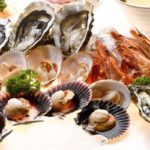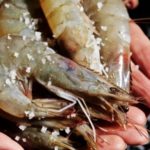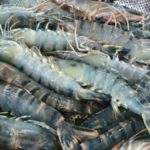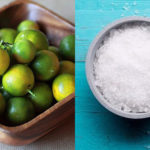Shrimp – A nutritious food, especially calcium, often appears in family meals. Natural shrimp brings a sweet and chewy taste, creating a wonderful culinary experience, superior to farmed shrimp.
Although there are differences between farmed shrimp and natural shrimp, many people find it difficult to distinguish them. However, distinguishing between them is a simple task and with just one listen, you can apply it without difficulty, thanks to the support of the shrimp seller.
How to distinguish between farmed shrimp and natural shrimp
When going to the market, many people often have difficulty choosing shrimp and usually buy from anywhere that sells. However, note that natural shrimp is usually more expensive than farmed shrimp.
This situation can provide opportunities for some dishonest sellers, who may intentionally sell farmed shrimp under the name of natural shrimp to increase profits. To avoid falling into deception when buying shrimp, you can apply the following distinguishing methods to avoid confusion.
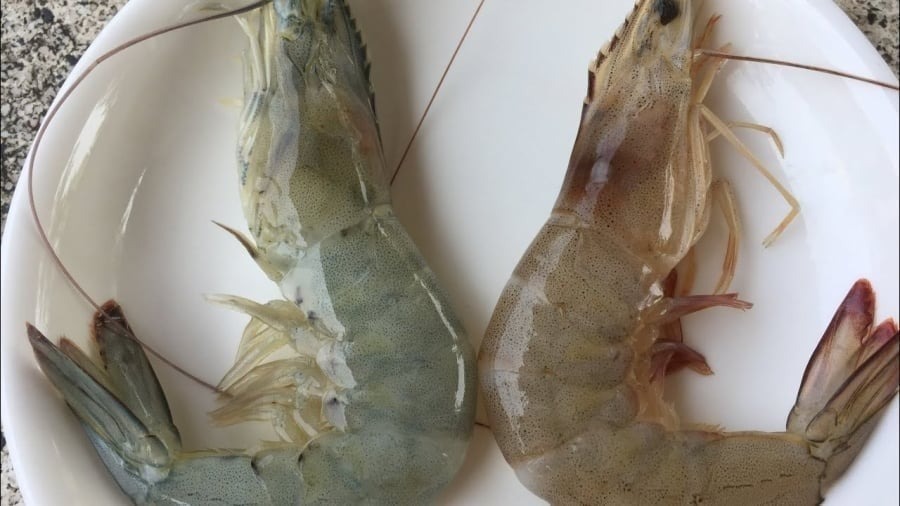
Observe the color of the shell and shrimp meat first. Farmed shrimp usually have dark-colored shells, non-elastic and do not have a natural sweet taste. Conversely, natural shrimp has a light-colored shell, elastic meat, and brings a natural sweet taste when enjoyed.
For natural shrimp, freshness is important. Stale shrimp will affect the quality and food safety. Choose healthy-looking, flexible shrimp with hard, bright, and smooth shells. At the same time, check the shrimp legs to ensure they are not broken, the meat inside is firm and does not come loose from the shell.
If the shrimp shell turns milky white, the eyes are blurred or pale pink, the shrimp body is hard and straight, the size is inconsistent, and there is liquid oozing out from inside the shrimp or the shrimp legs turn black, it is best not to buy, no matter how cheap the price is.
If you buy shrimp that has been caught and boiled on a ship, check the shrimp tail to assess the freshness. Straighten the shrimp and place it under light to see the distance between the joints on the shell and the shrimp meat. If the distance between the joints is wider, it may indicate that the shrimp is no longer fresh, may have been cooked for a long time or frozen for a long time.
Dishes made from shrimp
How to cook Shrimp with Glass Noodles
If you are feeling bored with ordinary shrimp dishes and want to try a new flavor, shrimp with glass noodles is an excellent choice. This is a suitable dish for both breakfast and dinner. The cooking method includes the following steps:
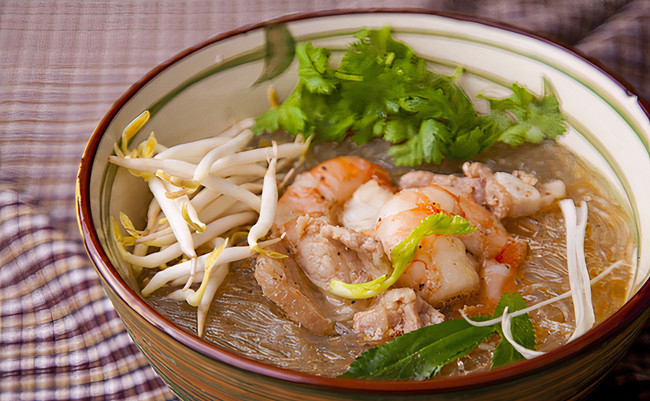
Prepare Shrimp: Peel the shrimp and remove the vein on the back of the shrimp.
Sauté Shallots and Ginger: Use a pan to sauté shallots, ginger, white onion, and minced garlic. Then stir-fry the prepared shrimp until the meat turns pink.
Cook Glass Noodles and Shrimp: Prepare a clean pot, arrange the shrimp and mushrooms on top, place the glass noodles at the bottom of the pot. Add salt, pepper, soy sauce, and cook for about 5 – 7 minutes. When the noodles are cooked, you can enjoy them immediately.
How to cook Shrimp with Tamarind
Shrimp with tamarind is often chosen by housewives when they don’t know what shrimp dish to make. The sweet and sour taste of tamarind blends with the natural sweetness of shrimp, creating an attractive meal. The cooking method is as follows:
Prepare Shrimp: Rinse and prepare the shrimp. Cut the scallions, mince the shallots and garlic.
Soak Tamarind and Make Broth: Soak tamarind in warm water for about 15 minutes, then squeeze out the tamarind juice. Make tamarind broth by adding sugar, salt, MSG, fish sauce, and pepper to the squeezed tamarind juice.
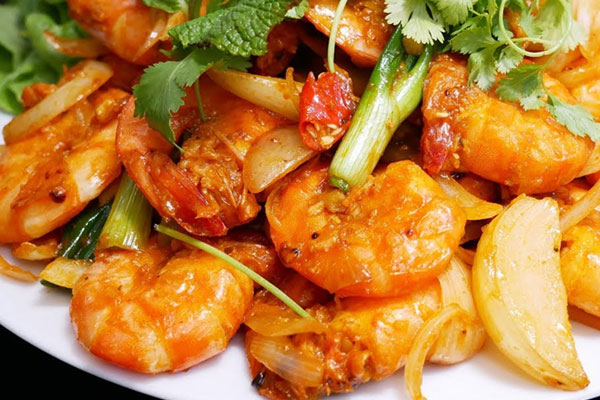
Fry and Glaze Shrimp: Fry the shrimp until they are evenly golden. Sauté the shallots and garlic, then pour the fried shrimp into the pan. Pour the tamarind broth over the shrimp and flip the shrimp to absorb the spices. When the tamarind broth thickens, turn off the heat and enjoy.
How to cook Braised Shrimp
Braised shrimp is a popular dish in everyday meals, bringing easy and attractive flavors to every family. The cooking method is as follows:
Braised shrimp is a familiar dish that often appears in basic daily meals of families. This dish has an easy-to-eat flavor, so it is chosen by many housewives when they don’t know what delicious shrimp dish to make. The ingredients for this dish are also easy to find. The cooking method is not too difficult and includes the following steps:
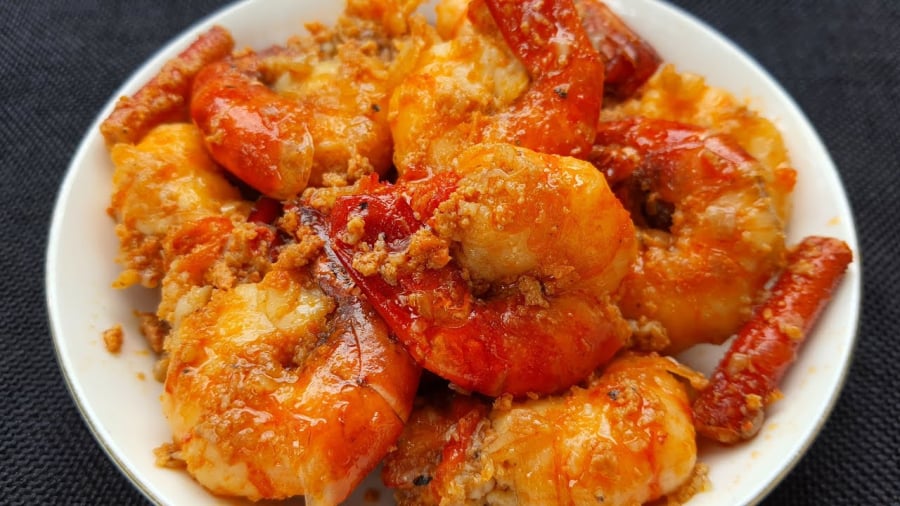
Step 1: Rinse the shrimp thoroughly. Remove the whiskers, legs, and the vein on the back of the shrimp.
Step 2: Place a bowl of shrimp paste in a pot and boil with water. Gradually add a sufficient amount of lime juice, fish sauce, sugar, cooking oil, and stir well.
Step 3: Fry the prepared shrimp until they turn golden on both sides. Then, mix this shrimp with the prepared shrimp paste, minced garlic, seasoning powder, sugar, and pepper with a sufficient amount and mix well.
Step 4: Put the mixture into a pot, add coconut water, and simmer for about 20 minutes until you see the sauce thickens, then you can eat it immediately.
How to Choose Fresh Seafood: Important Cabinet Tips
In recent years, concerns have been raised over the practice of injecting urea and chemicals into seafood, making it difficult to find safe and fresh options. To help, DienmayXANH.com offers some tips on how to select the best seafood available. Seafood is a rich, delicious, and nutritious source of food, and this advice will help ensure you make the most of it.

























